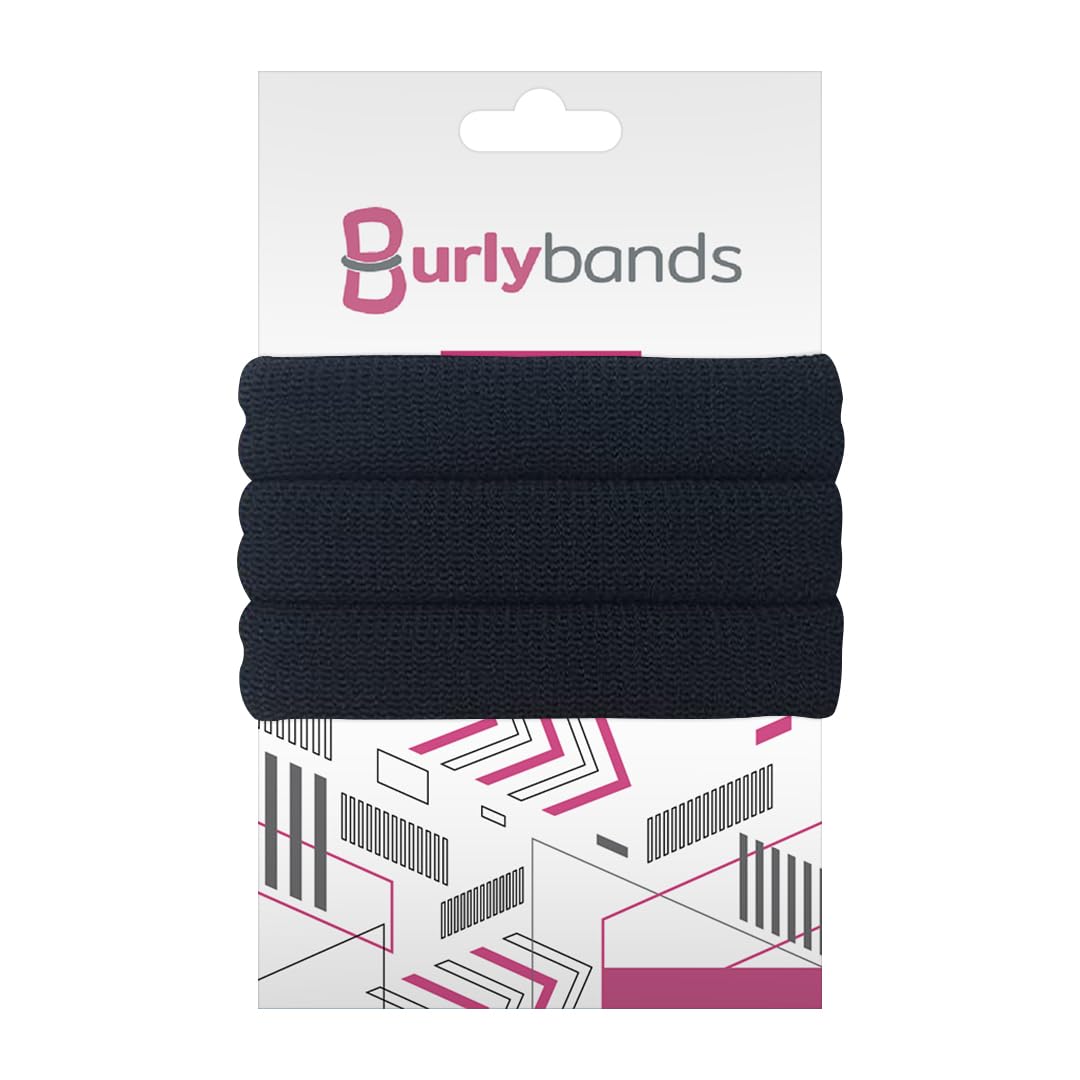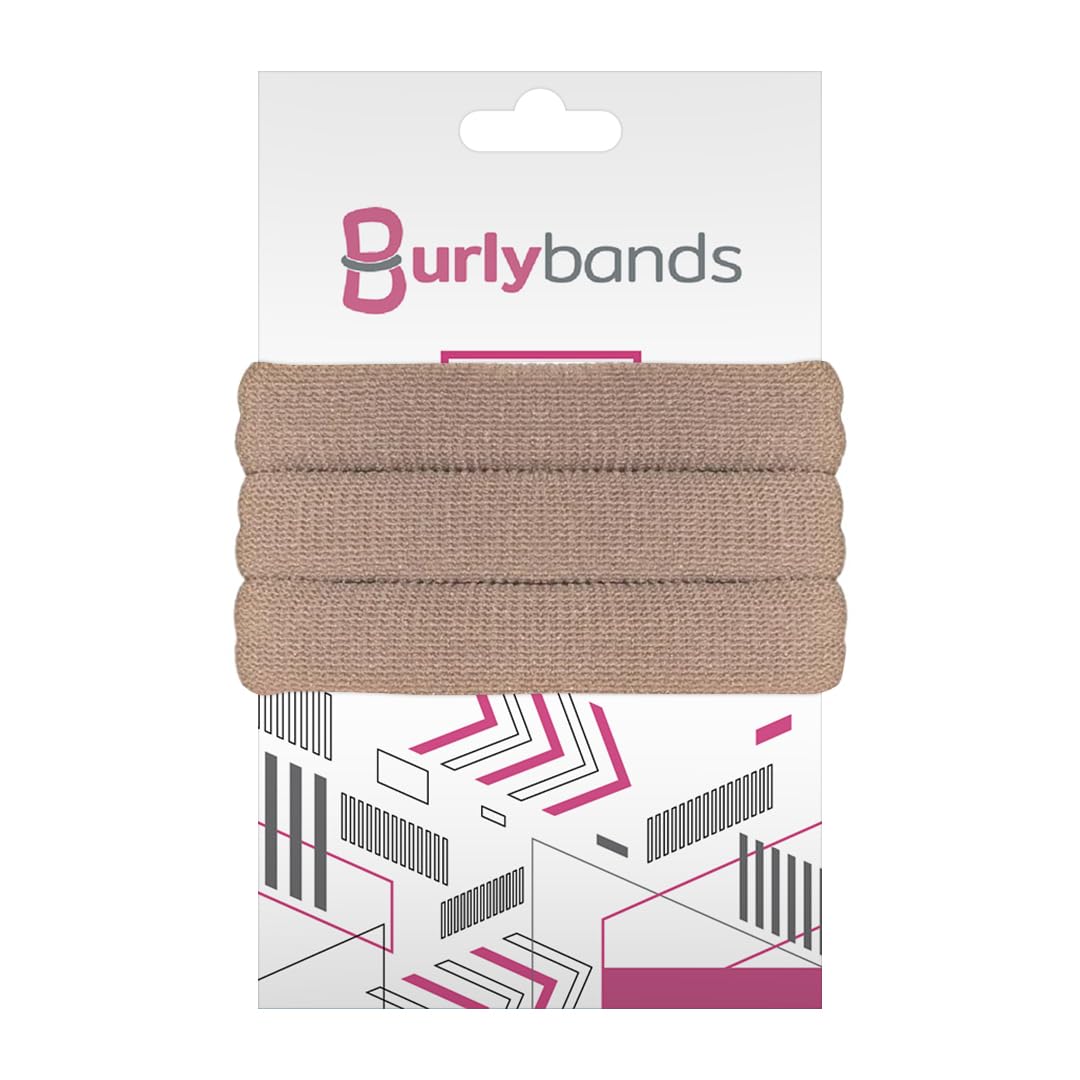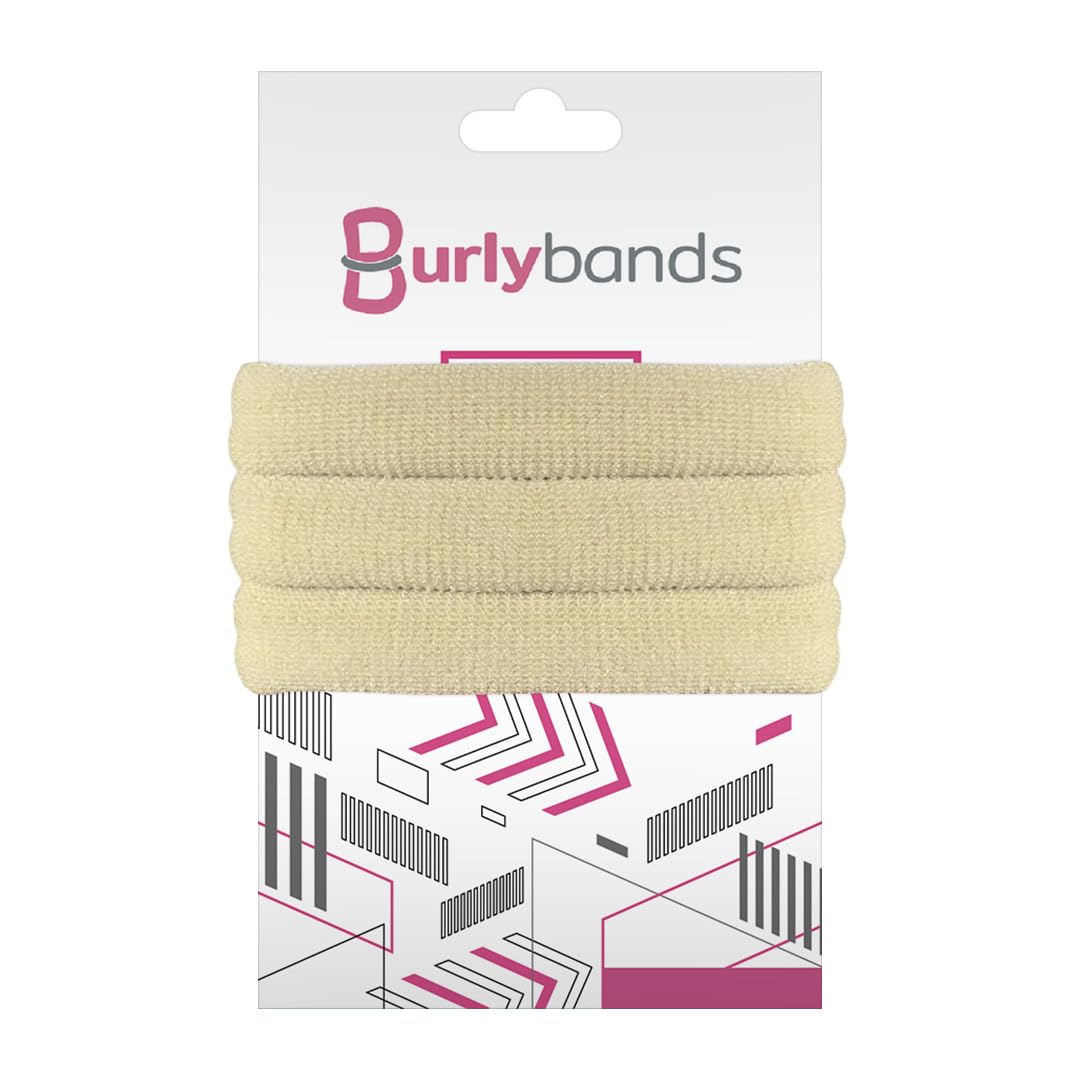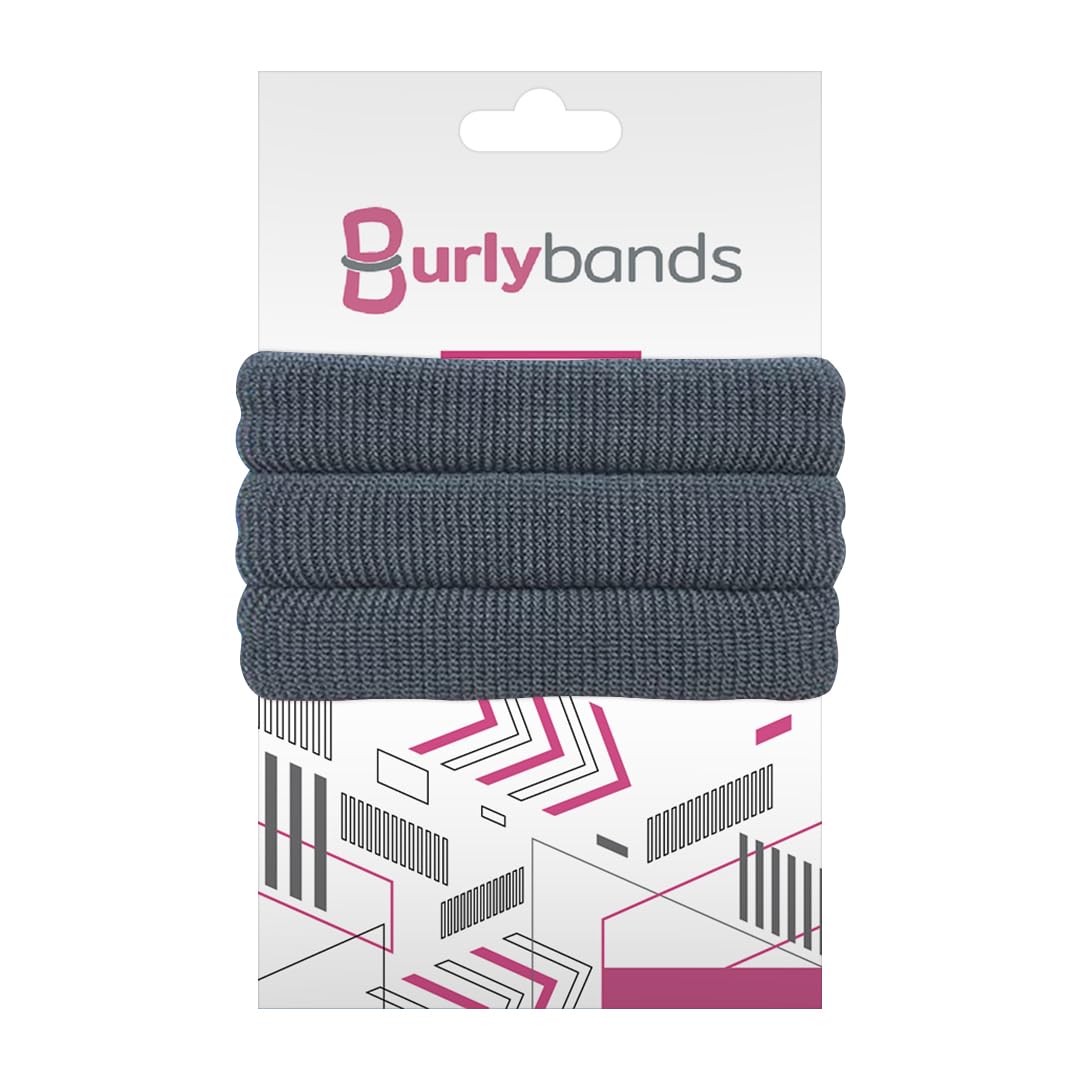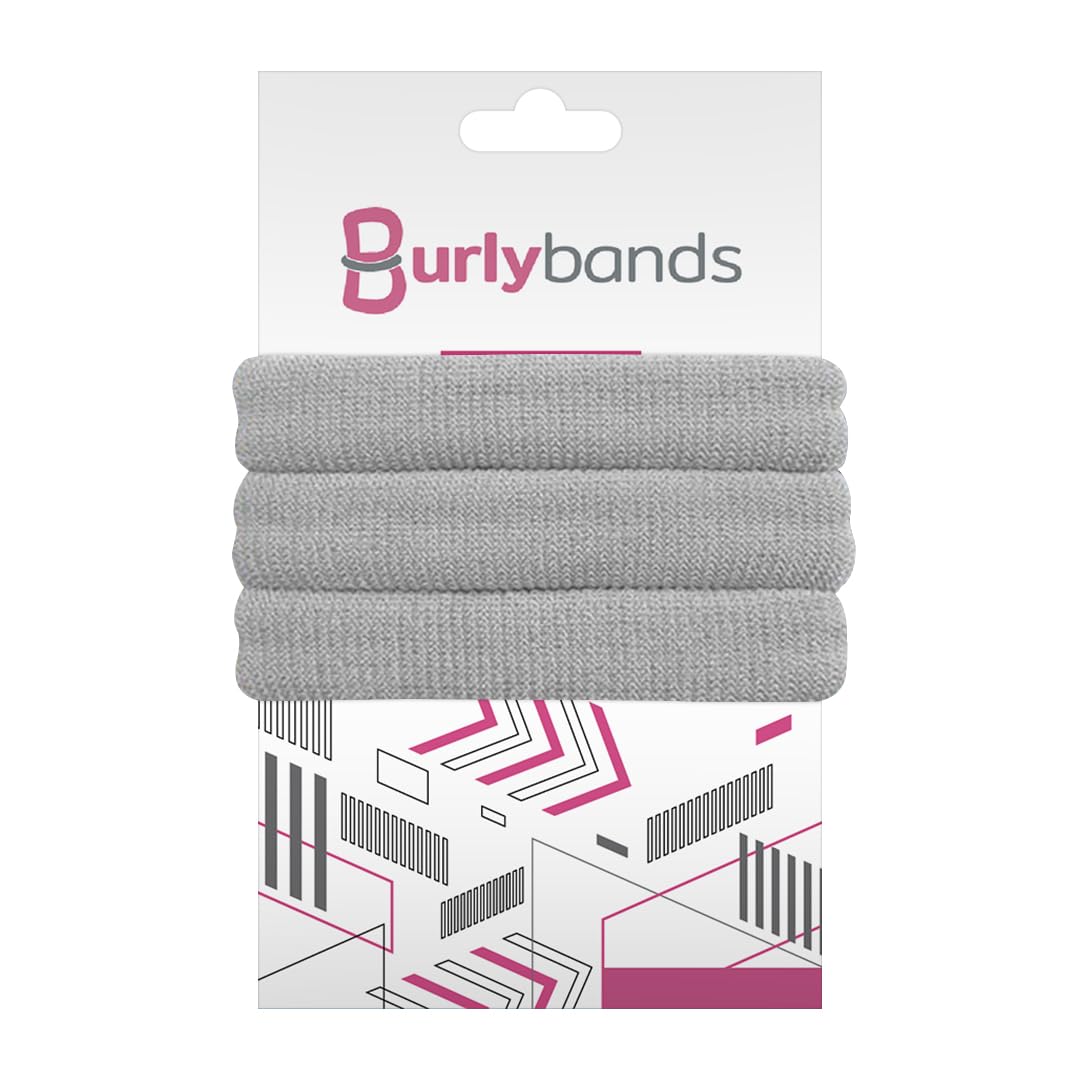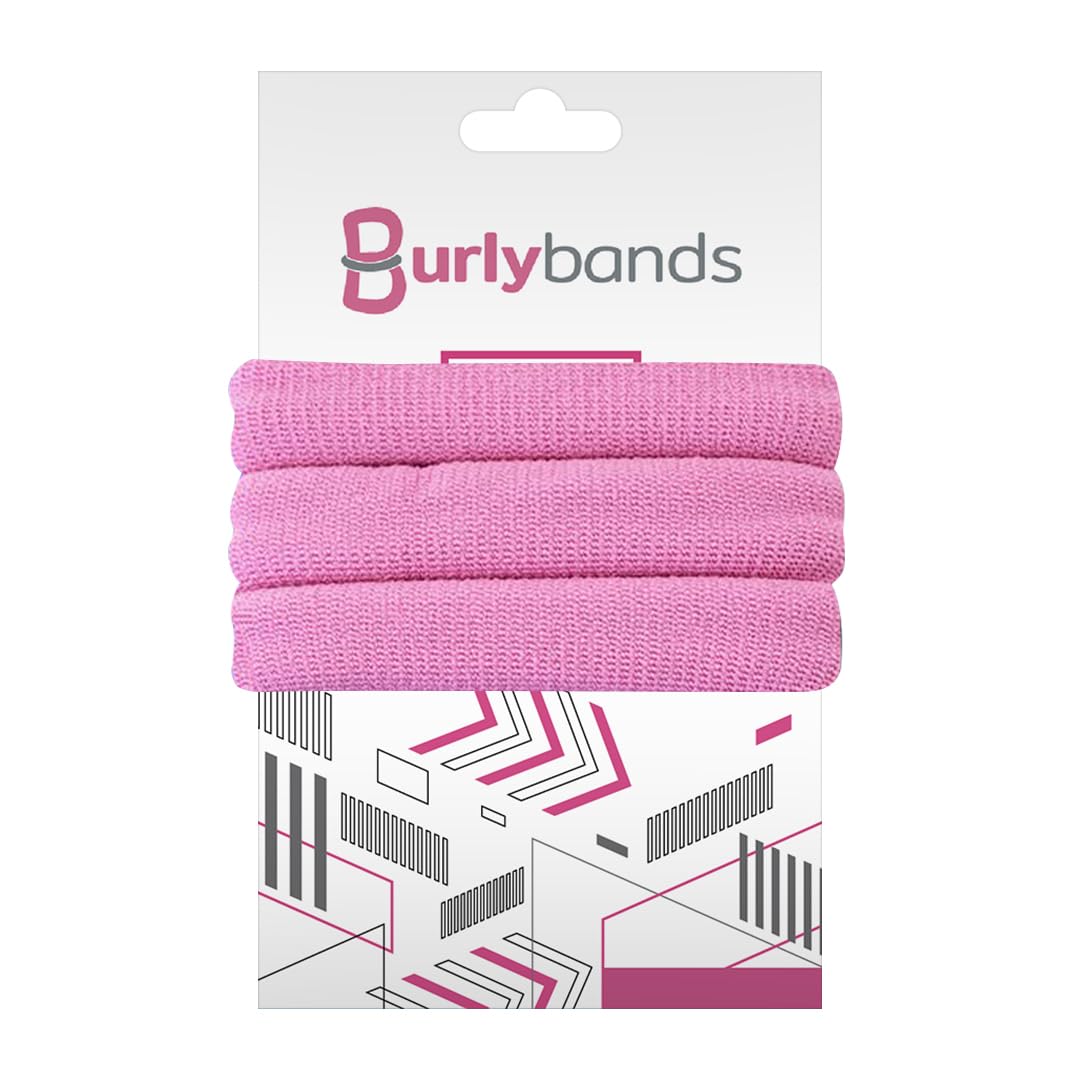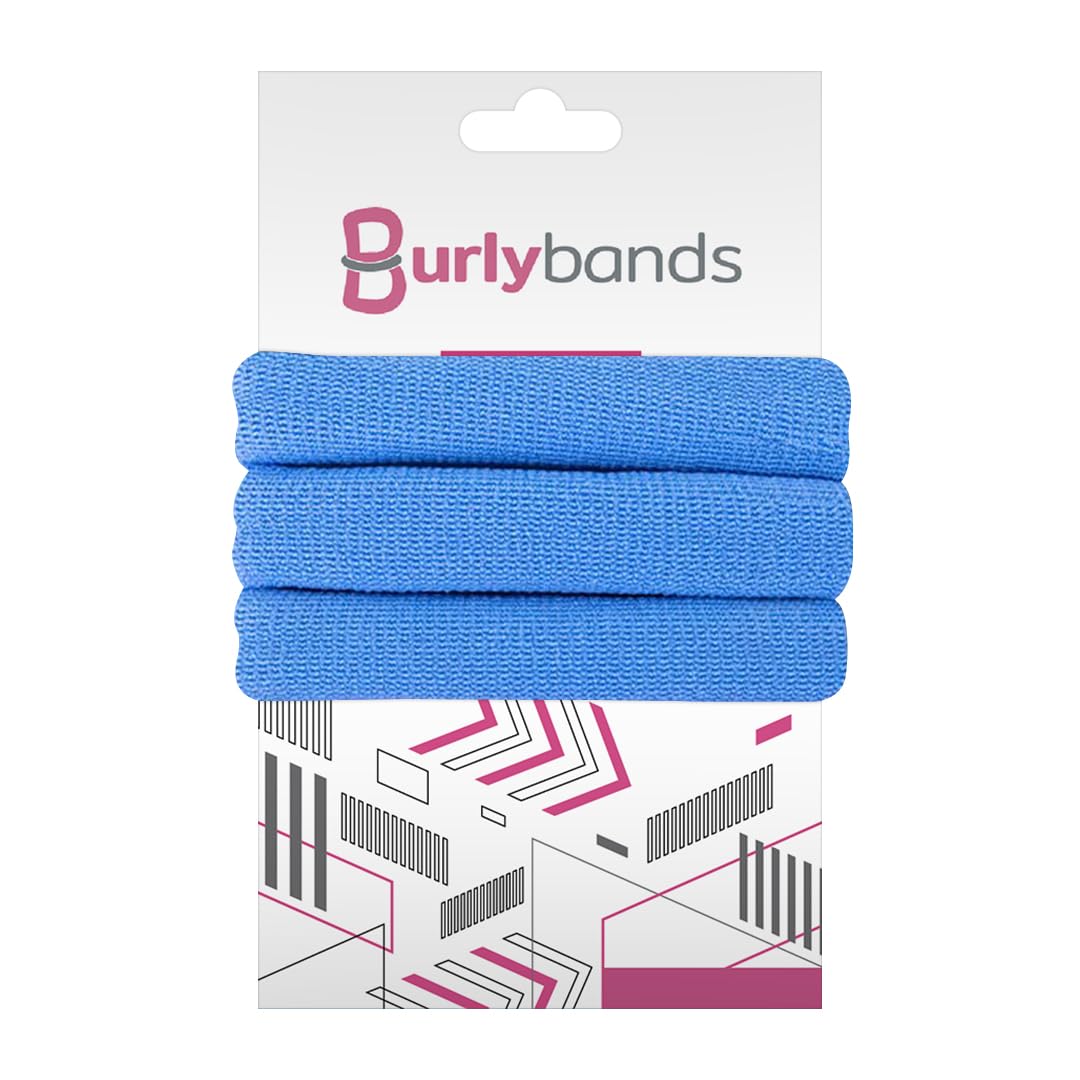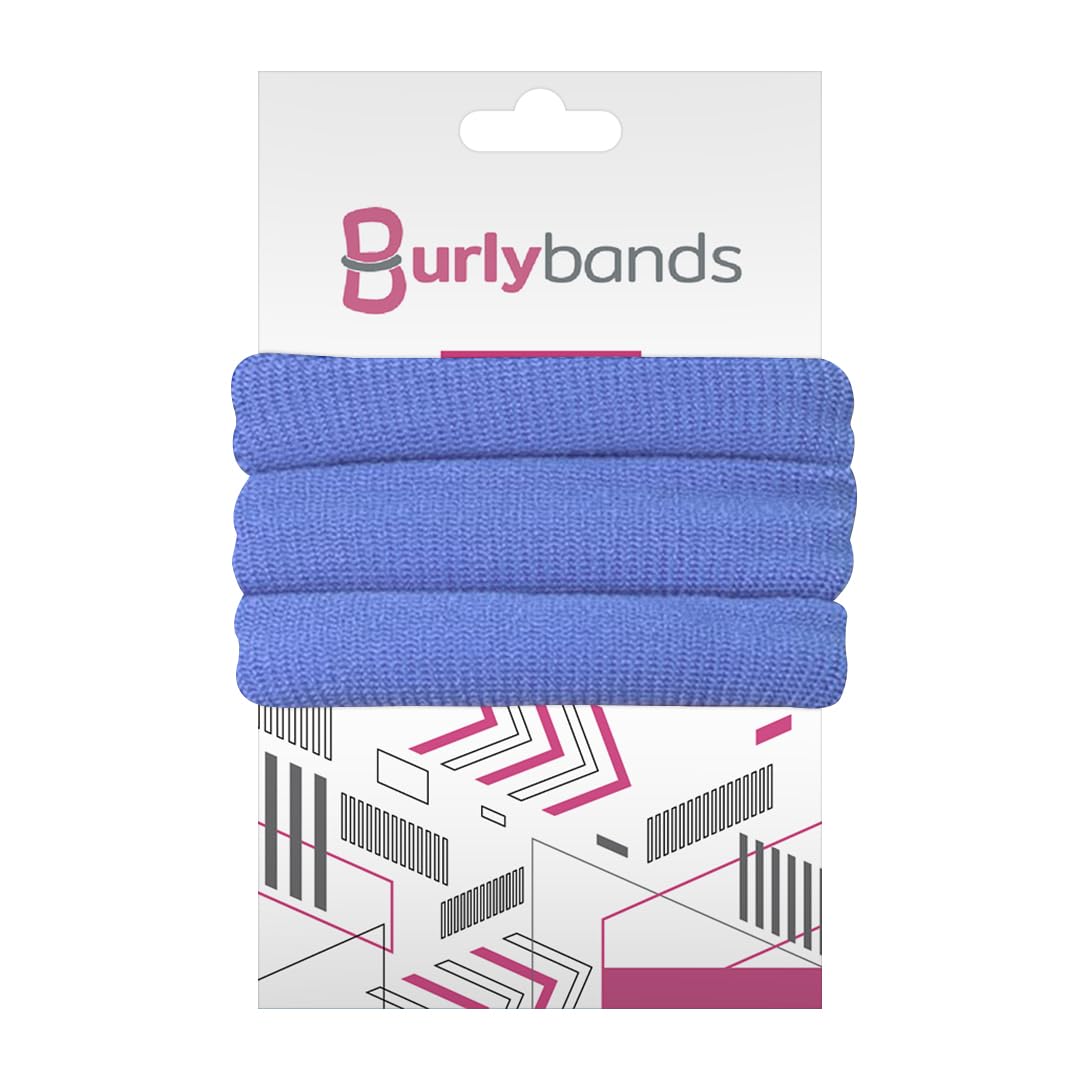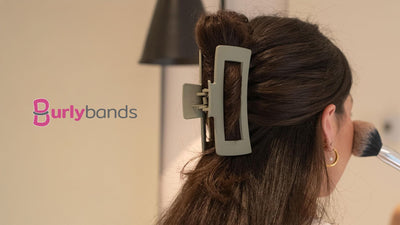If you have eczema, psoriasis, dermatitis, or just a sensitive scalp in general, you’ve probably been avoiding hair ties for as long as you can remember. I mean, who wants to deal with pulling, breakage, and headaches? But the truth is, not all hair ties are the same. Tight ones, those made of rubber, or with metal components, can cause these problems. We promise, that if you avoid these types of hair ties, you won’t have to deal with any of that discomfort. So, here’s a complete guide to help you choose the right hair ties for your sensitive scalp.
What to Look for in Hair Ties for a Sensitive Scalp
Credit: Envato Elements/ viledevil
Check the Material
The fabric of the hair tie will define how comfortable the hair tie feels. Avoid anything too tight or stiff, rubber bands or hair ties with metal clasps. Go for soft, stretchy materials like cotton, silk, or microfiber. Silk is especially a great option because it helps reduce frizz and doesn’t tug on your hair.
Check the Elasticity
You want something that’s stretchy enough to hold your hair in place but not so tight that it pulls on your scalp. In other words, you should go for hair ties with moderate elasticity. Brands will usually clearly mention this. You can also check the elasticity yourself. Stretch the hair tie as much as possible. It should snap back but not too aggressively.
Go for Thicker Bands
Thin bands, especially the super tight ones, can dig into your skin. This is because the pressure is concentrated on a small area. Thicker bands will help distribute that pressure more evenly across your scalp. They also have the added benefit of being more durable and tend to stay in place better.
How to Use Hair Ties Without Hurting Your Scalp
- Avoid wrapping the hair tie multiple times. The more times you loop it, the tighter the pressure becomes on your scalp. Stick to just one or two loops.
- Don’t keep your hair tied for too long. Let your hair down every few hours. If you need to keep your hair up for long periods, opt for a looser style, like a loose bun or a messy ponytail.
- Switch up where you place your ponytail or bun to avoid putting repeated pressure on the same area of your scalp.
Best Types of Hair Ties for Sensitive Scalps
Credit: Envato Elements/ wirestock
Here’s a breakdown of the best types of hair ties for sensitive scalps:
Velvet, Satin, and Silk Hair Ties
Silk, satin, and velvet hair ties are hands down one of the best options. They’re super gentle on your hair and scalp and don’t create as much friction as other materials. The fabrics are naturally smooth and soft, so it won’t leave you with any headaches. They’re a bit more luxe than other materials.
Cotton Hair Ties
Cotton hair ties are soft, breathable, and gentle on your skin, so they’re great for all-day wear. They come in multiple sizes and they don’t tend to cause static. They’re super easy to find in stores and come in packs. Make sure they have a bit of stretch to them, so they’re not too tight.
Spiral Hair Ties (Coil Hair Ties)
Spiral hair ties, or coil hair ties have a unique spiral shape that helps distribute pressure evenly around your hair, which prevents it from feeling too tight. They’re made from flexible, soft plastic and are less likely to leave dents in your hair. These are especially good if you want something that’s practical and won’t slip out during the day.
Scrunchies
The fabric-covered elastic inside scrunchies are typically softer than regular hair ties, and they’re usually available in a range of materials like cotton, silk, and even plush fleece. They come in different sizes, so you can choose one based on your hair thickness.
No-slip Hair Ties
These bands usually have a silicone grip on the inside to help them stay in place without sliding down. They hold your hair securely without pulling or causing pain. They can be found in different materials, including soft cotton or velvet.
How to Keep Your Hair Healthy with a Sensitive Scalp
Credit: Envato Elements/ kegfire
Here’s a step-by-step guide to help you maintain a healthy scalp and hair without the stress:
Use Gentle Hair Care Products
Look for sulfate-free shampoos, conditioners, and treatments made for sensitive skin. Sulfates and parabens can strip your scalp and lead to dryness, irritation, and itching. Go for products with natural ingredients like aloe vera, chamomile, or coconut oil. Make sure it has a mild, fragrance-free formula.
Don’t Overwash Your Hair
Washing your hair every day can dry out your scalp and strip away the oils that naturally protect it. It can also make you more prone to dandruff. Depending on your hair type, 2-3 times a week is usually enough. In between washes, you can use a dry shampoo.
Keep Your Hair and Scalp Moisturized
Dryness is one of the biggest reasons for irritation. Use a nourishing conditioner and moisturizing oils or serums that have moisturizing ingredients like argan oil or jojoba oil. You can also use a leave-in conditioner, especially in colder or dryer weather.
Be Careful of Sun Exposure
Just like your skin, your scalp can get sunburned, especially if you have thin or fine hair. If you're going to be out in the sun for a while, wear a hat or use a scalp sunscreen. There are even SPF sprays for your hairline that can protect your scalp from harmful UV rays.
Summary
The right hair tie for a sensitive scalp can make a big difference in your comfort and hair health. Focus on soft, seamless materials, avoid metal parts, and don’t tie your hair too tightly.
Looking for hair ties that are gentle yet strong? Burlybands are made for all-day comfort and hold, even for sensitive scalps. Their seamless design and soft material make them a perfect choice. Shop with us today.
 Log in
Log in





